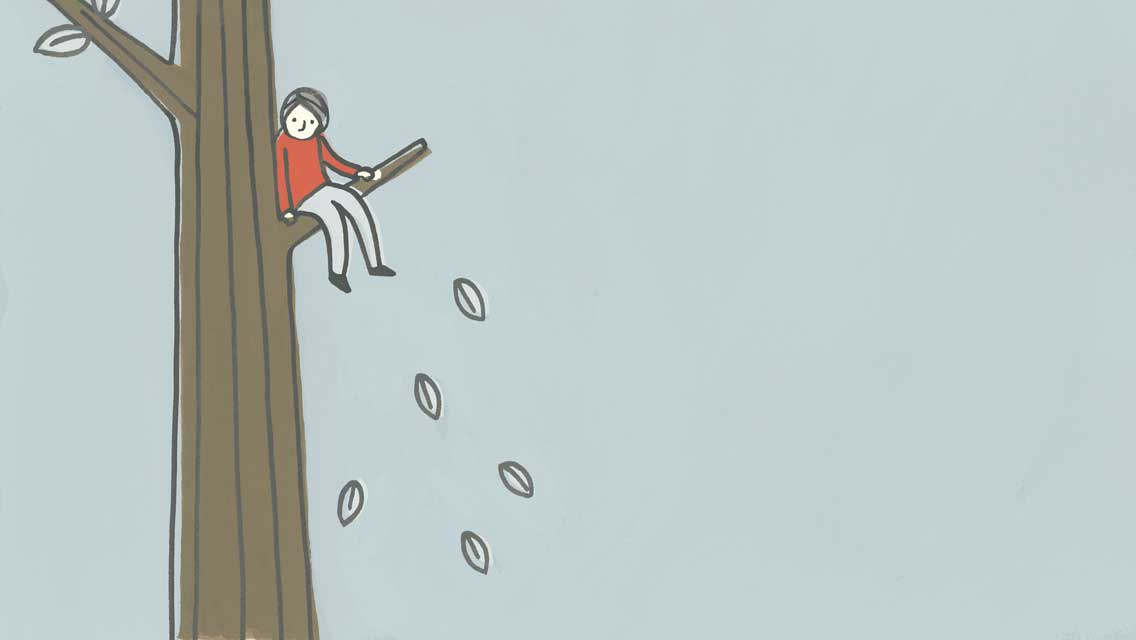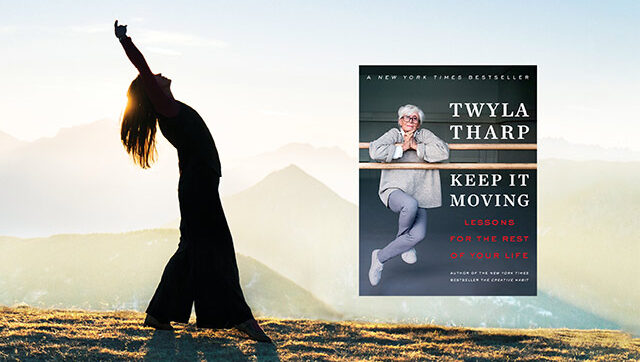Rita Simonton was a 53-year-old housewife in San Pedro, Calif., when she noticed an article about an upcoming masters swim meet at the nearby Los Angeles Swimming Stadium. “I thought, ‘Gee, I’d like to do that,'” says Simonton, who hadn’t swum competitively since high school. That was in 1962. Simonton is now 89 years old and has been dominating masters competitions ever since – setting 35 world records in her age group, winning five gold medals at the 2004 World Championships in Italy and landing in her sport’s Hall of Fame. While others her age might dread the march of days, Simonton flirts with Father Time. “I’m looking forward to swimming in my 90s in another year,” she says.
This is the world of masters competition, where active adults find they can excel – and make new friends – in sports once reserved for far younger athletes. From race-walking and cross-country skiing to triathlon and track, men and women of a certain age prove that getting old can mean winning gold.
“Top masters athletes are breaking assumed barriers and putting out impressive times,” says Stephen Seiler, PhD, an exercise physiologist from Texas now living in Norway. “They’re showing us that you are definitely not physiologically finished at 40.”
Meet Your Masters
Simonton is a poster child for masters competition, but it’s not just reserved for retirees. According to Sean Callahan, editor of GeezerJock magazine, the United States is home to more than 7 million athletes 40 years old or older. “We’re a sports-mad country,” he says. “People are becoming more and more aware that they can compete at any age.”
And each sport has its own definition of a masters athlete. For swimmers, the category kicks in at the ripe old age of 18, while cross-country skiers are considered masters once they turn 25 or 30. For long-distance runners and triathletes, masters life begins later, at 40. Most competitions award prizes to the top finishers in each masters age group, which typically spans five years.
While rules, like age entry-points, vary among sports, many masters find that they can still be competitive against younger athletes and triumph in their own age category. “Most races allow masters runners to compete in either the open or masters category to their benefit, based on which place would net out more prize money,” says masters trail-running coach and competitor William Emerson, 43, of Portland, Ore.
While collegiate and pro athletes live and breathe their sports, many masters rediscover their sport (or discover it for the first time!) after finding a job and starting a family. “The best masters athletes are most impressive in their ability to combine careers, family responsibilities and focused training for their sport,” says Seiler.
Iron Age
There’s a reason for the expression, “I feel like a teenager again.” Throughout adolescence, athletic prowess blossoms. Seiler calculates the age of peak performance for a “power” sport like shot put or baseball at 18 to 25. For endurance sports like long-distance running and cross-country skiing, however, it’s closer to 30.
But while aging may cause a petal or two to drop, there’s no reason why your athleticism can’t bloom well into your 40s, 50s and beyond – provided you focus on quality training rather than quantity. Seiler recommends interval training (cycles of running, swimming or cycling intensely for 3 to 5 minutes, with 2 to 3 minutes rest in between) for the hard sessions, and plenty of focus on technique and efficiency in the long sessions. “And you have to listen to your body,” he adds.
Reigning New York state masters alpine champion Greg Sarkis, 47, of Honeoye Falls, N.Y., says he’s learned to spend less time crashing through slalom gates and more time resting between competitions. “If you overtrain, the body doesn’t respond as well,” he says. “You increase your risk of injury.”
Mike Muha has also become much smarter about workouts since hitting the masters division. “Instead of training 20 hours a week of long-distance work, I do six to eight hours per week of targeted interval training,” says the 50-year-old Wixom, Mich., cross-country ski racer. “And it’s paid off in performance.”
Masters trail running has given Emerson the stamina to hike the Pacific Crest Trail, Appalachian Trail and the Continental Divide, along with four of the Seven Summits, including Argentina’s 22,841-foot Mount Aconcagua. And Emerson finds he’s constantly honing his skills. “Sometimes an old masters dog can learn a few new tricks to get down the trail more efficiently and keep some of the sticks away from the young pups,” he says.
Gray Matter
“Masters athletes care about winning, but they care more about simply doing their best and having a good time competing,” says GeezerJock‘s Callahan. “They know how lucky they are to still be playing the games they loved as kids.”
But masters also relish the mental workout that training, travel and competition provides – one not found on a treadmill. “As you stand at the start, trying to remember everything you’ve been working on all season, the mental discipline of trying to focus with so much going on around you is like a gym for the mind,” says Bill Skinner, 52, a Park City, Utah–based masters ski racer and the national coordinator for alpine masters.
While prizes range from ribbons and pins to trophies and trips, many masters find less-tangible rewards. Race walker Bob Fine of Delray Beach, Fla., has collected 1,356 awards in 60 years of competition. “I’m what’s called a pot hunter – someone who lives and dies for trophies,” says Fine, 75, who’s in the USA Track & Field Masters Hall of Fame. “Still, the camaraderie becomes more important than the competition. A lot of times you might be the only person in your age group, but you meet people from all over the world.”
Fellow masters athlete Becky Sisley, 68, of Eugene, Ore., has also won honors and a Hall of Fame spot for her track and field performances. “But I don’t go into events to get medals,” she says. “I want my performance to be skillful.”
The nature of masters competition offers plenty of opportunity for success. If you’re in the middle of the pack in the 50 to 54 age group, for instance, there’s always a chance you’ll beat everyone else in the next age group once you turn 55. “It’s a crazy kind of situation,” says Fine. “Because you can’t wait to get older.”
This article originally appeared as “Masters of the Universe.”




This Post Has 0 Comments